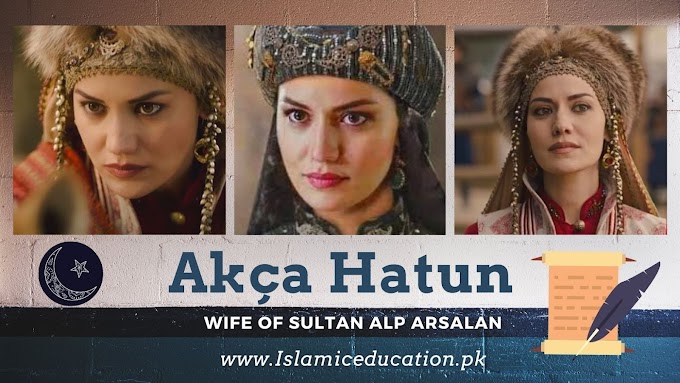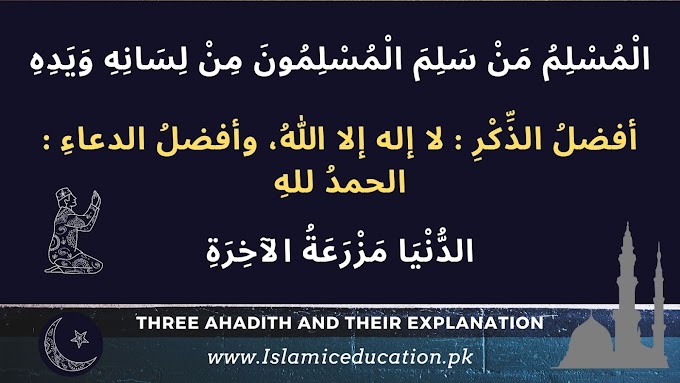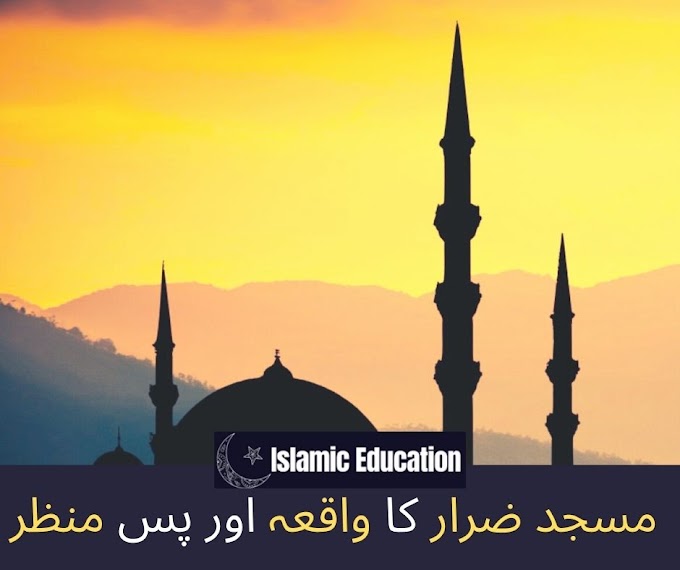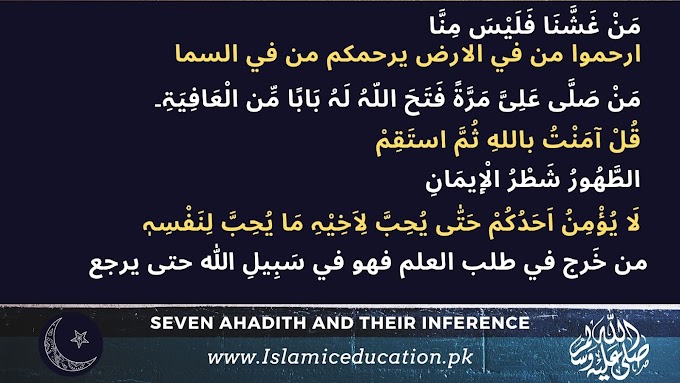The status of Islamic Education during its Golden Age
During the Islamic Golden Age, Islamic education was at the heart of society. Worldmakers, philosophers, scientists, and poets were not tutored in isolation. Rather, their work was developed out of a method of learning based in faith, reason and wonder. It bound together communities over huge distances, made ideas travel the world, and encouraged scholars to learn from many sources.
Students did more than merely memorize religious texts. They made significant contributions to medicine and mathematics, philosophy and literature, and to much else. This method established a model of education that affected later civilizations. The following are an overview of the origin and significance of Islamic education in that time.
The Foundations of Islamic Education
Islamic education started with the Quran, but it went far beyond scripture. It coupled spiritual growth with practical knowledge. People were educated in mosques, homes and a new kind of school that came to be known as madrasas. Leaders aided scholars and made resources available in order to develop centers of learning to which students of all descriptions could come.
Main features included:
· Learning faith and reason The Quran encouraged believers to aquire knowledge.
· Accessibility — Individuals across classes and cultures could both study and teach.
· Educational content – There was more to study than religion: math, science, philosophy, and literature.
· Teacher-student relations – Personal relationships made it much easier to achieve understanding, as opposed to mere memorization.
Centers of Learning
The House of Wisdom in Baghdad became a worldwide emblem of learning. Other centres, such as the Al-Qarawiyyin in Morocco and Al-Azhar in Cairo, served a similar function. Those places attracted thinkers from several cultures and encouraged ideas to flow.
Key characteristics of these centers:
· Extensive translations of themes such as works of Greek authors, history, mythology, books of the Persian and Indian astrologers.
· Study groups that worked together and allowed debate and new perspectives.
· Libraries that preserved and protected knowledge as both original documents and translated copies for future generations.
Scholars as Bridges
Educators and thinkers crossed borders. They translated, commented on and expanded ancient texts. The result was the synthesis of classical, Islamic, and subsequently European learning.
Notable examples:
· Al-Khwarizmi – Pioneered both algebra and geography.
· Ibn Sina (Avicenna) – canons in medicine encyclopedias.
· Al-Farabi – Wrote on logic and philosophy, bringing together Greek and Islamic thought.
Aims and methods Scholars worked in Arabic but made seminal discoveries that later influenced Latin, Persian and other languages. Their writings spread widely, a testament to the reach of Islamic education.
Community Investment in Learning
Wealth, time and land were given to help learning, by leaders and commoners. Endowments (waqf) financed schools, book collections, as well as stipends for scholars. This had the effect of making education nearly universal in big cities.
Community support led to:
· Growth of public libraries.
· Expansion of teaching-center-affiliated hospitals.
· Access to education for kids and adults should be free, or at least subsidized.
Islamic education wasn’t just about serving elites; it laid a foundation that was open to all and set the stage for a broader diffusion of ideas. This deep support was what enabled the outpouring of creativity and the advances of the golden age.
Conclusion
Islamic education in the Golden Age has left a legacy that reverberates in education today. Its inquisitive spirit and equal respect for spiritual and practical wisdom threw open doors of discovery across cultures. It wasn’t just multiple eras this tradition was about, contested values like knowledge sharing and open inquiry helped make more than a single era of habits that would shape the world.
Learning flourished because people backed it at every level.’ The outcomes extended beyond religion or borders, nourishing both creative growth and scientific advancement. Did you find this overview useful or interesting? Share your thoughts with us, or tell how the story of Islamic education continues to shape our notions of knowledge and culture.







